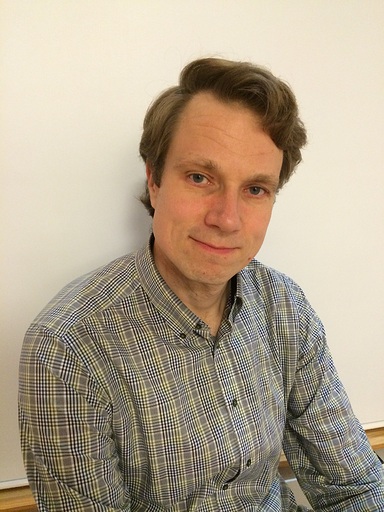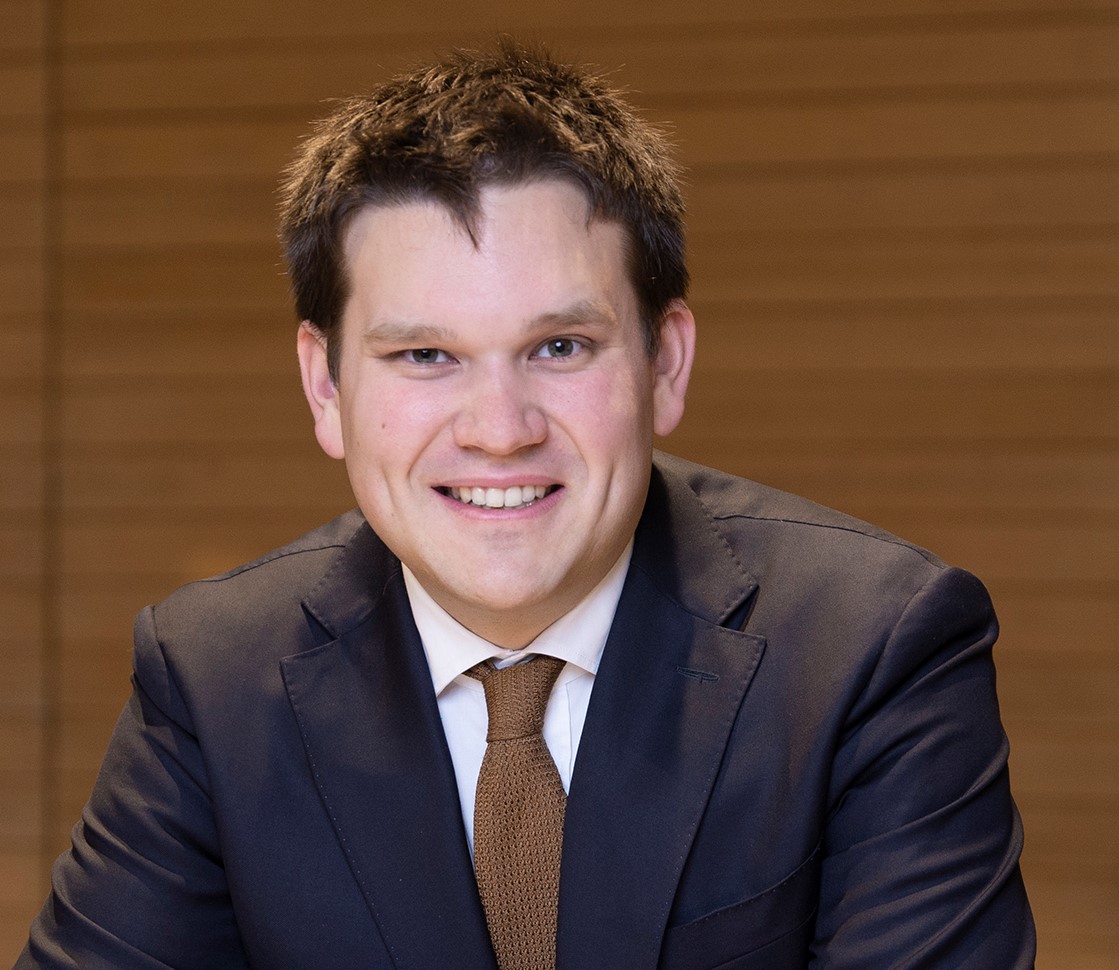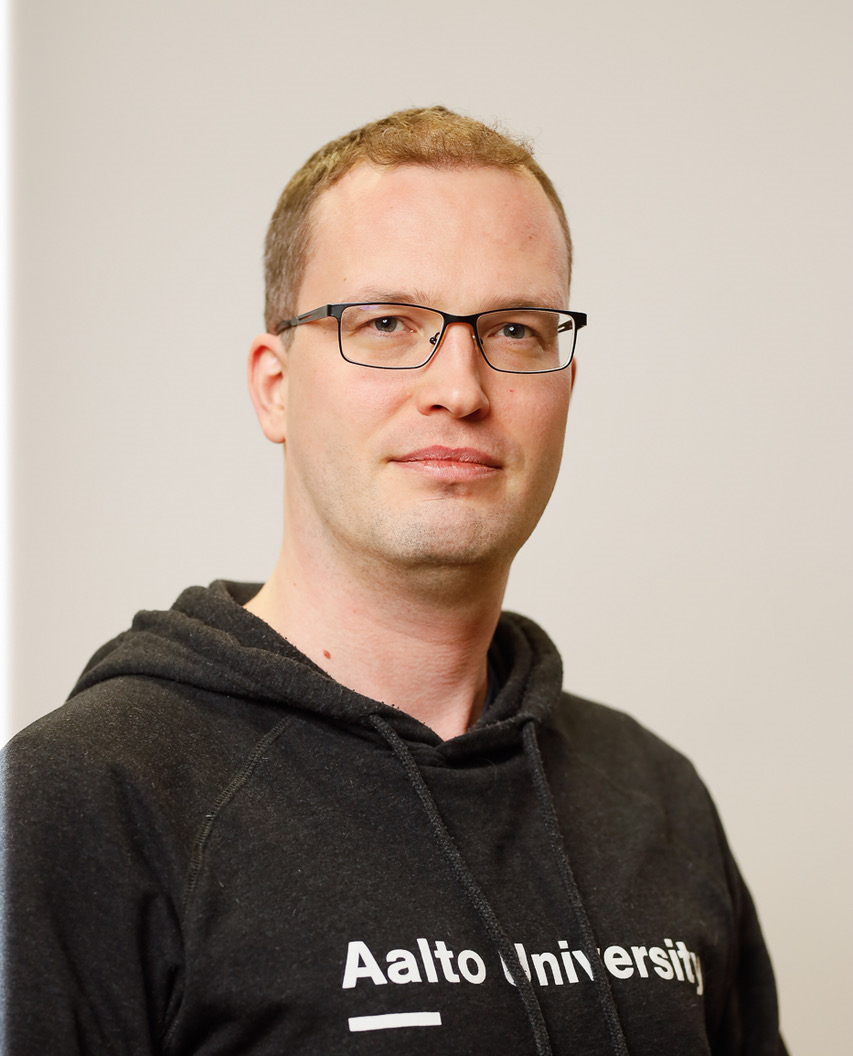Mechatronics

The Mechatronics research group is a proud member of the Academy of Finland Centre of Excellence on High-Speed Electromechanical Energy Conversion Systems.
Mechatronics represents modern machine technology as a multidisciplinary field of science, including mechanical engineering with electronics and computer control in the design and manufacturing of industrial products. At Aalto, the main research interests in mechatronics include rotor dynamics, autonomous mobility, digital twins, fluid power, powertrains and tribology.
Research Laboratories
Activities in the Fluid Power Laboratory integrate simulation-based and experimental research, focusing on energy efficiency, component and systems development and energy management involving utilisation of regenerative systems and external or renewable energy sources. Entire machine systems can be simulated, but instead of just using virtual components, real components can be incorporated to produce a more realistic Hardware-in-the-Loop (HIL) test environment.
See also
Fluid Power Laboratory web page
Contact
ARotor lab has a over two decades of history in metrology, manufacturing and maintenance of rotating machinery research. Facilities at the ARotor laboratory include a full-size rotor test bench with versatile measurement equipment and support for rotors, bearings, and other drivetrain components up to 25 000 kg. Research topics include rotor dynamics, geometry measurement, measurement of harmonic and subharmonic vibration and bearing excitations. New focus areas include Artificial Intelligence (AI), Machine Learning (ML) and Hybrid modelling together with Digital Twins (DT).
See also
Aalto ARotor laboratory web page
Contact
Powertrain and operation optimization are important when designing sustainable vehicles. The operation of vehicles depends on the driver, route, traffic and weather conditions, which in turn related to the powertrain design. These uncertain factors can cause suboptimal driving behavior and oversizing of powertrain components, such as the battery. Our research aims at analyzing the uncertain factors and their impact on energy consumption in order to optimize the design of powertrain and operation. Model predictive control has been utilized for optimizing driving under uncertain conditions. Our research interest is mainly on fully electric and electro-hybrid technologies. And our applications focus is mainly on heavy vehicles and ferry ships.
Intelligent Transportation Systems play a big role in the transition towards autonomous, safe and sustainable mobility. Our research efforts revolve around machine vision applications, installed in the vehicle and as intelligent infrastructure. Our machine vision systems include methods and application that aim to improve the perception of road users, braking events and trash inside the vehicle. Road users are detected and tracked to warn drivers of concerning behavior they cannot perceive. For instance, an adaptive cruise control algorithm has been improved with a computer vision observing braking lights in traffic. As another example, we developed a computer vision application to assess cleanliness of vehicle cabin.
Autonomous vehicle operation allows for better people and logistic flows due to the decrease of traffic jams and better predictability. Autonomous systems include passenger vehicles and service robots, such as autonomous delivery robots that transport small goods and take-away meals. The robustness and sustainability of autonomous mobility are the key aspects of our research. The human-machine interaction of these robots is studied in virtual and mixed reality environments. Our autonomous research vehicles start from small autonomous three-wheelers ranging up to full-size SUV.
Autonomous mobility lab facility is being renewed. The lab is shared with traffic engineering having a vehicle workshop for 4 vehicles, electronic workshop in it, a one-axle chassis dynamometer and a large cold room. Our one-axle dynamometer has an ability to test vehicle propulsion as well as energy recovery. Our facility is located next to teaching facilities and research workshops at Aalto University Works.
See also
Autonomy & Mobility Lab web page
Contact:
The Digital Twin (DT) concept is based on a model in which real world products are mirrored in the virtual space and there is a link between these two worlds. NASA already used this idea with Apollo 13 to investigate the behavior of spacecraft during flight and to bring the crew safely back home after an explosion of the oxygen tank. A short definition of a digital twin is a virtual entity linked to a real-world entity. A DT shares data from all systems it is connected with in a standardized and governed manner (interoperability, data sovereignty, security etc.). It offers various features depending on its use, such as monitoring, simulation and optimization. These features are linked and made available through a standardized digital twin document.
Industrial metaverse. At the Aalto Industrial Internet Campus, physical and digital versions of people, machines and processes interact with each other in an industrial metaverse. Augmented Reality (AR), Digital Twins (DT) and Internet of Things (IoT) integrate through 3D and other innovative interfaces.
See also
Contact:
Teaching
In teaching the Mechatronics Design group is responsible for several key courses in the School of Engineering B.Sc programme and its Energy and Mechanical Engineering major respectively. On M.Sc level the group´s course selection is included in the Master´s programme in Mechanical Engineering. Please see the table below with links to more detailed course descriptions and course responsible teacher contact info.
| B.Sc. Level teaching | (all in Finnish except those indicated*) | |
| ENG-A1001 | Computer-aided tools in engineering | kaur.jaakma@aalto.fi |
| ENG-A2001 | Computer-aided tools in engineering (international/English version)* | kaur.jaakma@aalto.fi |
| ENG-A1005 | Futures forum in Engineering | markku.kuuva@aalto.fi |
| ENG-A1012 | ENG-project | panu.kiviluoma@aalto.fi |
| KJR-C2005 | Product design | petri.kuosmanen@aalto.fi |
| KON-C3001 | Engineering design basics A | markku.kuuva@aalto.fi |
| KON-C2003 | Engineering design basics B | markku.kuuva@aalto.fi |
| KON-C3002 | Machine elements | markku.kuuva@aalto.fi |
| KON-C3004 | Mechanical and structural engineering laboratory | panu.kiviluoma@aalto.fi |
| KON-C2004 | Mechatronics basics | raine.viitala@aalto.fi |
| KON-C3003 | Mechatronics exercises | panu.kiviluoma@aalto.fi |
| ENG3043.kand | Bachelor thesis and seminar (Mechanical engineering topics) | raine.viitala@aalto.fi |
| M.Sc. Level teaching) | (all in English) | |
| MEC-E1060 | Machine design | kaur.jaakma@aalto.fi |
| MEC-E5001 | Mechatronic Machine Design | kari.tammi@aalto.fi |
| MEC-E5002 | Mechatronics Project | petri.kuosmanen@aalto.fi |
| MEC-E5003 | Fluid Power Basics | jari.vepsalainen@aalto.fi |
| MEC-E5004 | Fluid Power Systems | jyrki.kajaste@aalto.fi |
| MEC-E5005 | Fluid Power Dynamics L | jyrki.kajaste@aalto.fi |
| MEC-E5010 | Advanced Project on Mechatronics V | panu.kiviluoma@aalto.fi |
| MEC-E5011 | Vehicle Mechatronics: Powertrain L | kari.tammi@aalto.fi |
| MEC-E5012 | Vehicle Mechatronics: Control L | jari.vepsalainen@aalto.fi |
| MEC-E9020 | Patents L | panu.kuosmanen@aalto.fi |
Other Key Activities
Industrial internet research focuses on applying and developing digital methods to improve the lifetime efficiency and quality of products and processes, from design to operation and maintenance. Essential elements include the identification of new development and application opportunities and competitive advantages offered by IoT and digital twins, enabling data sharing, 5G enhanced remote operations and guidance as well as AI-based diagnostics and optimization. Digital disruption in general is recognized as a common challenge in the manufacturing industry where multidisciplinary research is required. Aalto Industrial Internet Campus (AIIC) is the primary research environment.
Contact
Industrial Internet Campus
Aalto University Industrial Internet Campus (AIIC) is a platform for students, researchers, and companies to innovate and co-create smart, connected products and services. Industrial Internet Campus enables multidisciplinary research, education, and innovation together with industrial partners. We welcome companies from start-ups to global leaders to co-innovate with us. We offer experimentation facilities in industrial internet, IoT and AI. Let the Otaniemi campus be your test bed!
AIIC activities include participation in both national and European actions bridging the gap between science and engineering. Mechatronics group is represented in European organizations such as EIT Manufacturing, European Factories of the Future Research Association (EFFRA), International Data Spaces Association (IDSA) and Alliance for Internet of Things Innovation (AIOTI). Group members are also active partners in Sustainable Industry X (SIX).
Biotribology research studies the properties and development of prosthetic joints. Biotribology is an established top expertise special area in the Mechatronics group.
The wear of prosthetic joints, especially total hip and knee prostheses, poses a significant clinical problem. The wear products of implants cause adverse tissue reactions, which may lead to substantial loss of bone around the implant and consequently the loosening of the fixation. This requires a revision operation, in which the loose implant is replaced with a revision prosthesis. Revision operations are complicated and expensive, however, and their results are often poor.
Research aims to improve the tribological evaluation methods for prosthetic joints and their materials. Two examples of this activity are the design, building and validation of the 12-station anatomic hip joint simulator HUT-4 and the 100-station pin-on-disk hip wear simulator Super-CTPOD. These two simulators are now commercially available from Phoenix Tribology Ltd (TE 86 and TE 87).
The latest additions to the selection of test devices are RandomPOD, a 16-station, computer-controlled, servo-electric pin-on-disk wear simulator that can be programmed to produce virtually any type of motion and load, even random; and HF-CTPOD, a 3-station, dual motion pin-on-disk device for accelerated wear testing.
The study of tribology (friction, wear and lubrication) of orthopaedic biomaterials started in the Laboratory of Machine Design in 1987. The principal source of funding has been the Academy of Finland. In addition, contract studies have been conducted for the orthopaedic industry and for the National Agency for Medicines.
Contact
Circus is a yearly event, in which student projects of mechatronics are showcased along with demo cases of current research projects.










